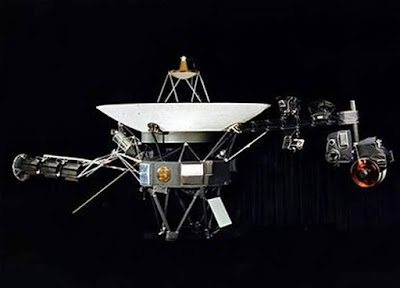The more we know about circadian rhythm, the more we find out how essential it is to everything we do. Your body clock dictates when you sleep, when you wake, when you get hungry, when you go to the bathroom, when your muscles work best, when you're most productive, and even when you metabolize your meals and medicines. Research has even linked circadian rhythm to a person's risk of diabetes, cardiovascular disease, and neurodegenerative disorders like Parkinson's disease and Huntington's disease.
For that reason, knowing the time on your body's clock may be as important as knowing your blood pressure or cholesterol level. Not only could doctors use that information to know if you're at risk for various conditions, but they could also use it to time your medications, helping them work at their best at the lowest dose necessary. Unfortunately, reading someone's circadian rhythm is easier said than done. There is a way, but it involves taking blood every hour on the hour to read your melatonin levels — a big ask considering that even a single blood draw isn't exactly a walk in the park.
Luckily, melatonin isn't the only thing that can tell researchers what time it is in your body. As computational biologist Rosemary Braun wrote in The Conversation, every cell in your body keeps time thanks to a few dozen clock genes (a fact so groundbreaking, by the way, that it earned its discoverers a Nobel Prize last year). That handful of genes regulates the function of other genes so that all told, up to 43 percent of your genes work on a circadian rhythm. What if you could peek at those genes to know what time it was in your body? That's exactly what Braun and her colleagues set out to do.
Braun, along with sleep medicine and circadian biology experts Phyllis Zee and Ravi Allada, achieved this feat using machine learning. First, they trained their algorithm with a huge amount of data: tens of thousands of measurements every two hours from volunteers, plus similar measurements every two hours from volunteers, plus similar measurements from three existing studies. Their algorithm combed through this data to find the genes that best predicted the time of day, and in the end, it identified 41 genes.
Once it knew which genes did what at various times of day, the researchers flipped the script: They fed the algorithm data from a subset of their original samples and had it predict the time of day from individual genes. Finally, the algorithm learned how to tell time from a combination of genes, and did it with an unprecedented level of accuracy. TimeSignature, as the new algorithm is called, can figure out a person's internal time to within 90 minutes.
"Down the road, we envision that TimeSignature will make its way into your doctor's office, where your circadian health could be monitored just as quickly, easily and accurately as a cholesterol test," Braun writes. "Many drugs, for example, have optimal times for dosing, but the best time for you to take your blood pressure medicine or chemotherapy may differ from somebody else." Until that happens, though, just try to get to bed on time.














